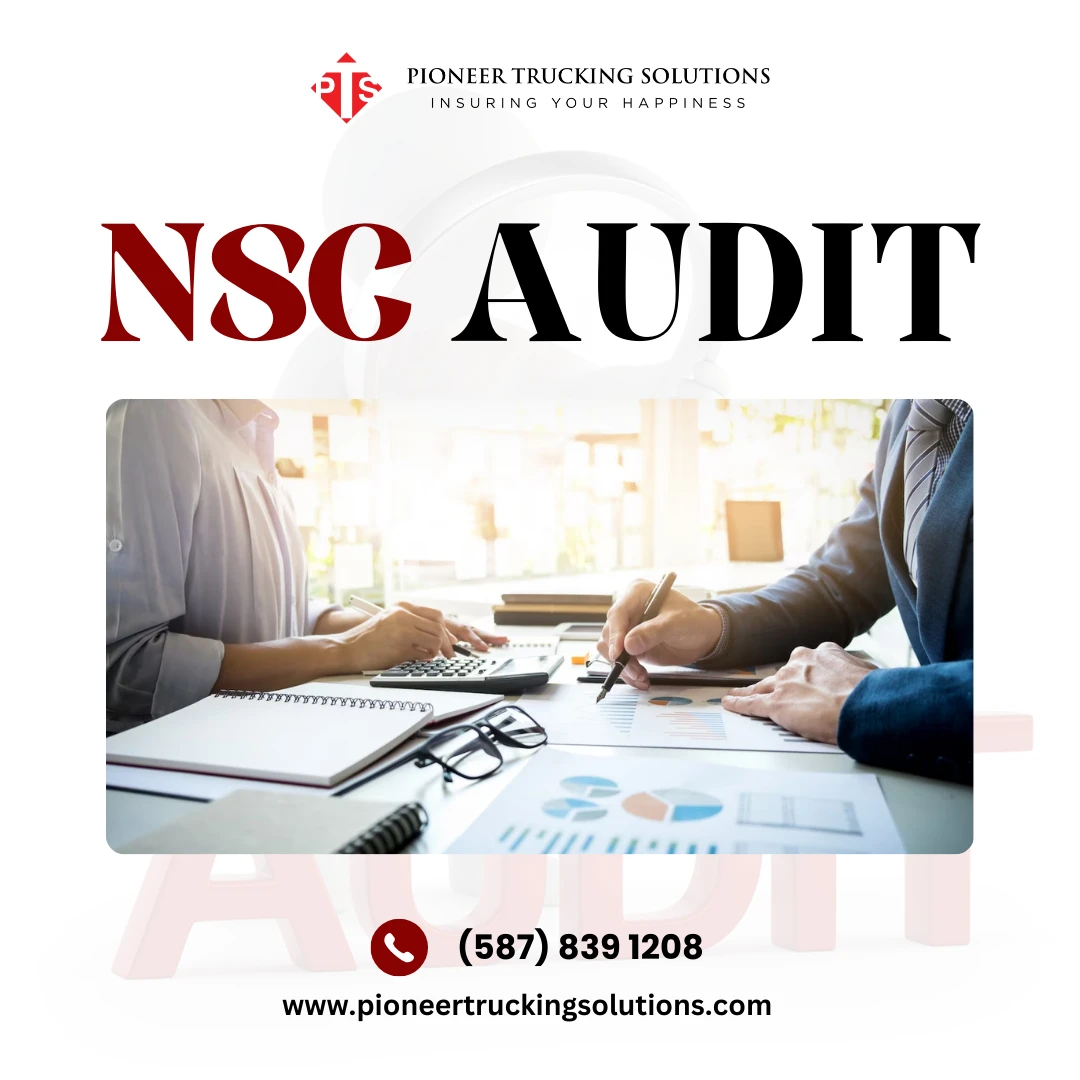If you own or manage a trucking company, NSC compliance is something you can’t afford to overlook. The rules are strict, the audits are detailed, and falling behind can lead to serious penalties or even downtime.
To stay compliant, you need to know exactly what’s expected, and what to prioritize. This checklist will walk you through the key areas you should focus on to keep your fleet in line with NSC standards and avoid trouble before it starts.
1. Valid NSC Certificate and Carrier Profile Maintenance
Before anything else, make sure your NSC certificate is valid and active. Your carrier profile should be updated with accurate company details, including contact information, fleet size, and safety history. This is the foundation of your compliance status and the first thing auditors will check.
2. Established Safety Program with Written Policies
Every compliant carrier must have a formal safety program. This includes written policies outlining how you manage driver conduct, vehicle safety, maintenance, and reporting. It should be clear, accessible, and reviewed regularly to reflect updated regulations or operational changes.
3. Safety and Compliance Training for Drivers and Staff
Your team must be trained in NSC safety standards, procedures, and expectations. Training should cover hours of service, inspections, reporting, and emergency response. Regular refreshers help keep everyone up to date and reduce the risk of avoidable errors or violations.
4. Proper Driver Qualification Files for All Drivers
You must keep complete and current qualification files for every driver. This includes licenses, abstracts, medical certificates, and any required endorsements. These records prove that your drivers are legally fit and qualified to operate commercial vehicles under NSC requirements.
5. Drug and Alcohol Policy in Place and Enforced
A written drug and alcohol policy is a must. It should outline testing procedures, enforcement steps, and consequences for violations. Make sure all drivers and staff understand the policy, and that it’s applied consistently across your fleet to meet NSC and federal safety standards.
6. Accurate and Up-to-Date Hours-of-Service Records
You need clear, complete records of each driver’s hours, daily logs, rest periods, and on-duty time. Whether you’re using paper logs or electronic systems, these records must be accurate and up to date. Incomplete or false logs are a serious NSC violation.
7. Monitoring and Reviewing Driver Performance Regularly
NSC compliance isn’t just about keeping records, it’s about actively managing driver behavior. Review performance reports, watch for repeat violations, and track safety trends. Address problems early and document any corrective actions to show you’re serious about safety.
8. Record of Infractions, Convictions, and Disciplinary Actions
Maintain a clear log of any driver infractions or convictions, along with how you responded. This includes written warnings, suspensions, and any other disciplinary steps taken. Auditors want to see that you’re tracking incidents and taking appropriate action when necessary.
9. Routine Vehicle Inspections and Maintenance Records
All vehicles must follow a set maintenance schedule, and every inspection or repair should be recorded. Keep logs of oil changes, brake checks, and other service tasks. This shows auditors that your fleet is properly maintained and safe to operate at all times.
10. Documented Pre-Trip and Post-Trip Inspections
Drivers are required to complete and document inspections before and after every trip. These reports help identify issues early and reduce the risk of breakdowns or violations. Keep these records organized and available for NSC audit, they’re a key part of daily compliance.
11. Proper Load Securement and Weight Compliance Procedures
Make sure your team understands and follows proper load securement rules. Overweight or improperly secured cargo is a common safety risk. Document your procedures and verify that your drivers are trained in using tie-downs, checking weight limits, and balancing loads safely.
12. Accident Reporting and Collision Follow-Up Procedures
Have a clear process for reporting accidents and following up on any collisions. This includes collecting detailed information, completing required forms, and reviewing what happened. Documenting each step shows that your company takes incidents seriously and works to prevent future ones.
Final Thoughts
NSC audit are the foundation of a safe, legal, and reliable trucking operation. With this checklist in hand, you’ve got a clear roadmap to stay on track and avoid unnecessary penalties or delays.
Stay organized, stay proactive, and when in doubt, get help before small issues turn into bigger problems. Your company’s safety and reputation depend on it.







